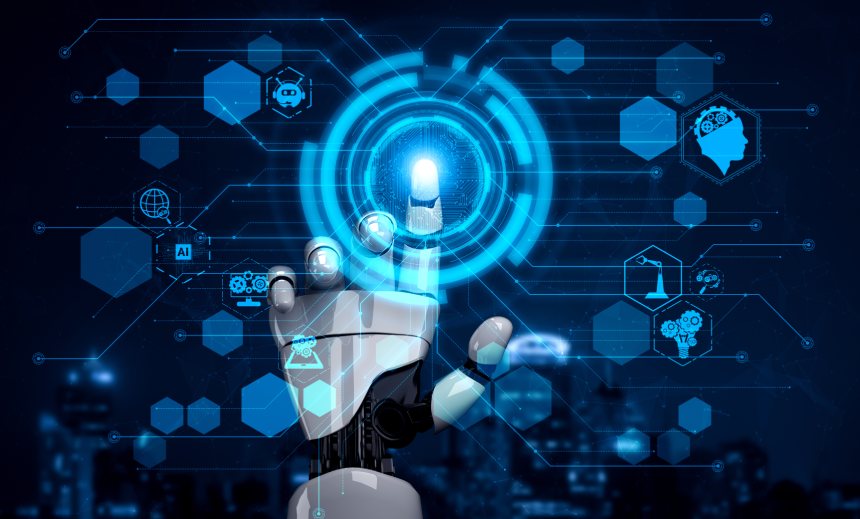Artificial Intelligence & Machine Learning,
Next-Generation Technologies & Secure Development
New LLM from German Consultancy Aims for Cost Efficiency While Maintaining Reasoning Capabilities

In the competitive landscape of artificial intelligence, a Munich-based firm, TNG Technology Consulting, has unveiled an innovative large language model (LLM) called DeepSeek-TNG R1T2 Chimera. This model is designed to offer a more efficient alternative to traditional AI, combining elements from its previous releases to enhance performance without inflating costs.
Founded in 2001, TNG Technology Consulting collaborates with organizations across multiple sectors—including telecommunications, insurance, e-commerce, automotive, logistics, and finance—aiming to integrate AI capabilities effectively. The firm has previously introduced several open-source LLMs based on DeepSeek, which originated from a Chinese startup linked to quantitative hedge fund High-Flyer Capital Management.
The latest model, R1T2, is engineered for enterprise users, prioritizing high-level reasoning while minimizing both budgetary impact and latency. TNG stated that the model strikes a favorable balance between intelligence and inference costs, presenting itself as user-friendly and reliable. However, it is not recommended for applications requiring complex tool interactions.
In constructing R1T2, TNG employed an “assembly of experts” methodology, merging pre-existing models by refining weight tensors as opposed to undergoing the typically laborious retraining process. This approach effectively enhances specialized reasoning while optimizing performance, suggesting a significant reduction in output length and overall latency.
Technical analyses reveal that R1T2 achieves approximately 90% to 92% of its predecessor R1-0528’s performance in advanced reasoning benchmarks, while also utilizing about 40% fewer output tokens. This advantage has profound implications for reducing processing time and server load in practical implementations.
Initial feedback from the developer community is favorable, particularly on platforms such as Hugging Face, where users have commented on the model’s enhanced speed and efficiency compared to earlier iterations. Users note improvements in response times and practical considerations in output lengths, indicating a substantial refinement in real-world usability.
TNG has openly licensed R1T2 under the MIT License, granting users freedom for modification and commercial deployment. However, organizations interfacing with EU customers should ensure compliance with the EU AI Act, as the model’s applicability in regulated environments remains under scrutiny.
Overall, TNG’s Chimera project continues to focus on delivering efficient AI solutions without the necessity for oversized model architectures. With R1T2, TNG reflects a strategic shift toward balancing reasoning capabilities with resource management, appealing to enterprises navigating the complexities of AI adoption in a cybersecurity landscape characterized by evolving threats.
